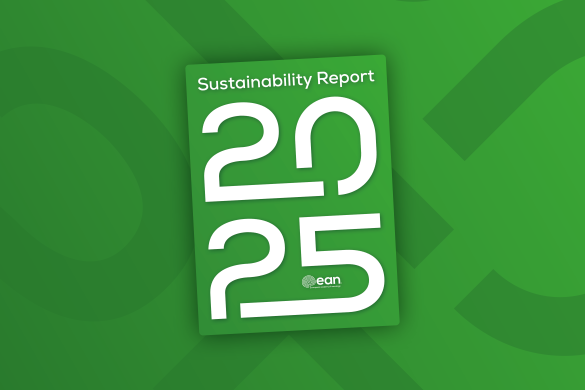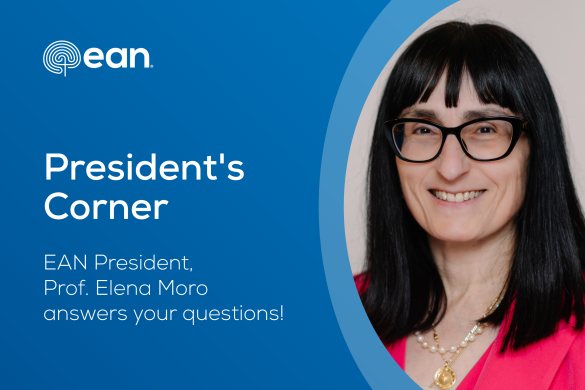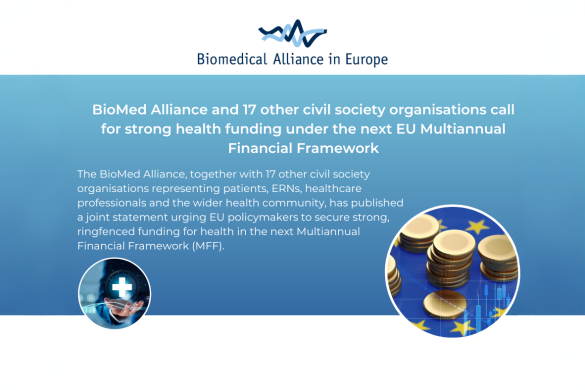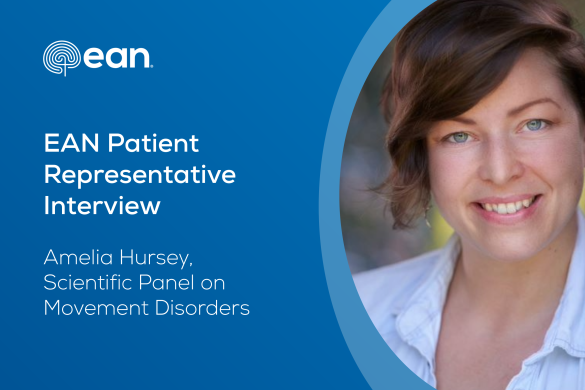by Raphael Wurm and Isabella Colonna
Each month the eanNews editorial team reviews the scientific press for recently published papers of outstanding interest to neurologists. Below we present our selection for June 2025.
For our Paper(s) of the Month, go here: Research Papers of the Month: Phase I trial of hES cell-derived dopaminergic neurons for Parkinson’s disease / Phase I/II trial of iPS-cell-derived dopaminergic cells for Parkinson’s disease – EANnews
Herpes Zoster Vaccination Reduces Dementia Risk: A Natural Experiment | Nature
Increasing evidence points towards a protective effect of different vaccinations against dementia. Replicated across various types of vaccination and different populations, these associations were always potentially influenced by the healthy vaccinee bias, i.e., the fact that people who opt to get vaccinated live healthier lives. Since randomised trials for this are not possible, researchers have turned towards policy decisions that emulate such trials, termed natural experiments. This large-scale regression discontinuity study by Eyting and colleagues exploited a strict age cut-off for herpes zoster vaccine eligibility in Wales to assess its causal effect on incident dementia. Individuals born just before 2 September 1933 were permanently ineligible, while those born just after were eligible for at least one year—creating a natural experiment with a sharp increase in vaccination rates (0.01% vs 47.2%) across a one-week birth interval. Using this quasi-random assignment, the authors found that vaccination reduced the seven-year risk of dementia diagnosis by 3.5 percentage points (95% CI 0.6–7.1 %; p = 0.019), corresponding to a 20% relative reduction. The effect was more pronounced in women and robustly replicated using death certificate data in a broader UK population. This study provides some of the strongest evidence to date for a causal dementia-preventing effect of live-attenuated zoster vaccination.
Read the full paper: A natural experiment on the effect of herpes zoster vaccination on dementia | Nature
Rizatriptan Offers Limited Benefit in Vestibular Migraine | JAMA Neurology
This double-blind, placebo-controlled trial is the largest randomised study to date evaluating the efficacy of rizatriptan for acute vestibular migraine attacks. A total 134 adults with confirmed vestibular migraine treated 307 attacks and were randomised 2:1 to receive 10 mg rizatriptan or placebo for up to three attacks. The primary endpoints assessed symptom reduction in vertigo and dizziness one hour after drug intake. Results showed no significant difference between rizatriptan and placebo in alleviating vestibular symptoms at the primary one-hour mark: 48.3% vs 56.8% for vertigo and 19.2% vs 12.4% for unsteadiness/dizziness, respectively. At 24 hours modest benefits were found for unsteadiness and motion sensitivity (ORs 2.65 and 3.58, respectively), and post hoc analyses suggested some advantage for headache and photophobia/phonophobia relief. No serious adverse events occurred. These findings underscore the clinical challenge in treating vestibular migraine attacks and further research is needed to identify more effective acute treatments.
Read the full paper: Rizatriptan vs Placebo for Attacks of Vestibular Migraine: A Randomized Clinical Trial | Headache | JAMA Neurology | JAMA Network
Oveporexton, an Oral Orexin Receptor 2-Selective Agonist, in Narcolepsy Type 1 | N Engl J Med
Narcolepsy type 1 is characterised by the loss of orexin neurons, resulting in low orexin levels in the brain. This phase 2, randomised, placebo-controlled trial aimed to evaluate the efficacy and safety of oveporexton, a highly selective oral agonist of the orexin receptor 2. A total of 112 patients were randomised to receive either oveporexton (n = 90) or placebo (n = 22). Oveporexton was administered in one of four dosing regimens: 0.5 mg twice daily (n = 23), 2 mg twice daily (n = 21), 2 mg followed by 5 mg once daily (n = 23), or 7 mg once daily (n = 23). After 8 weeks of treatment, oveporexton—but not the placebo—was associated with dose-dependent increases in average sleep latency on the Maintenance of Wakefulness Test (MWT) as well as dose-dependent reductions in the Epworth Sleepiness Scale (ESS) total scores. Additionally, a statistically significant reduction in the weekly frequency of cataplexy was observed in participants receiving oveporexton at doses of 2 mg twice daily and 2 mg followed by 5 mg once daily, compared to placebo. In terms of safety, most adverse events were mild to moderate in severity and did not lead to treatment discontinuation. The most commonly reported adverse events were insomnia (48%), increased urinary urgency (33%), and increased urinary frequency (32%). In conclusion, this phase 2 trial demonstrated that oveporexton treatment over an 8-week period improved measures of wakefulness, sleepiness, and cataplexy in patients with narcolepsy type 1.
Read the full paper: Oveporexton, an Oral Orexin Receptor 2–Selective Agonist, in Narcolepsy Type 1 | New England Journal of Medicine














